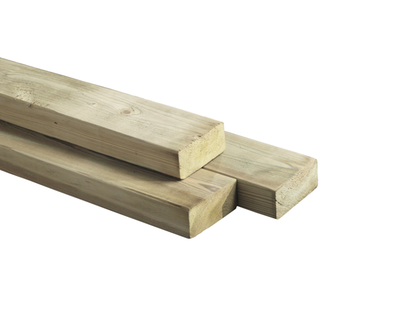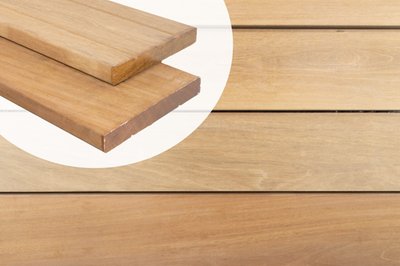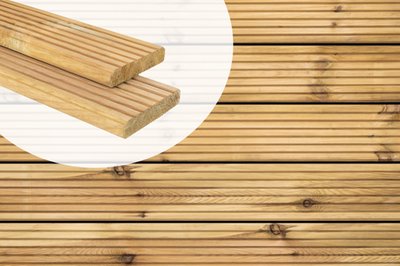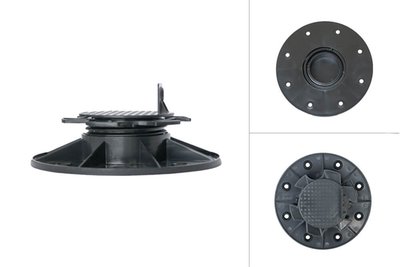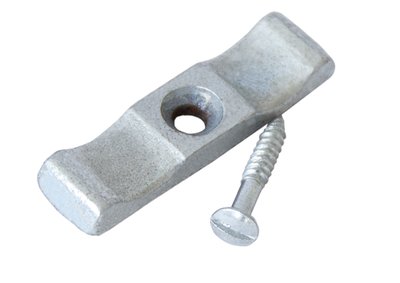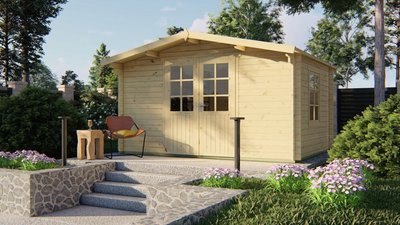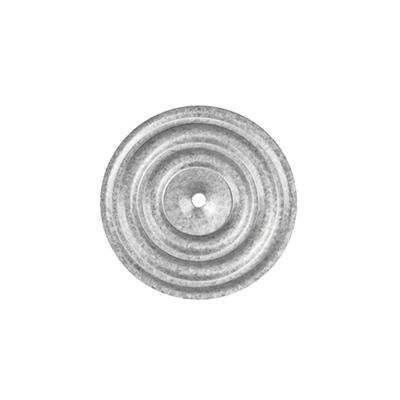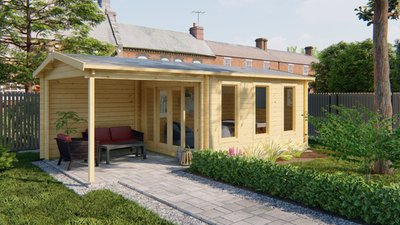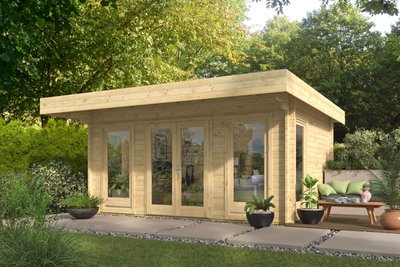Timber Frame Base Pads 60 x 140mm
- Product number
- P002631
- Make installing your log cabin, garden building or decking simple with our Timber Frame Base Pads. These heavy-duty ABS plastic pads are designed to help you level timber frame bases on uneven ground, providing a stable, long-lasting support.
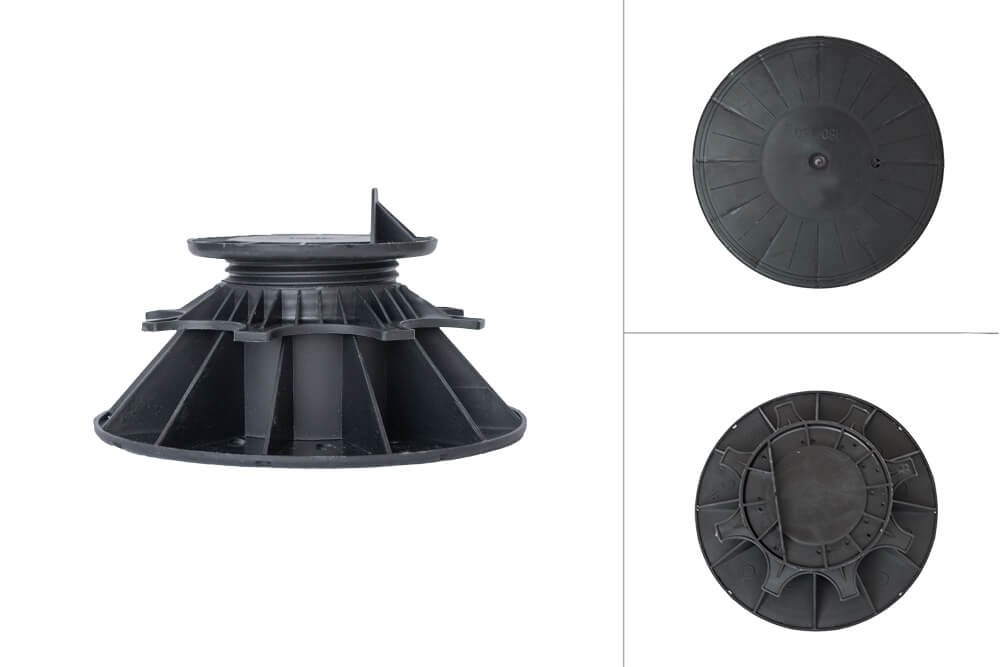
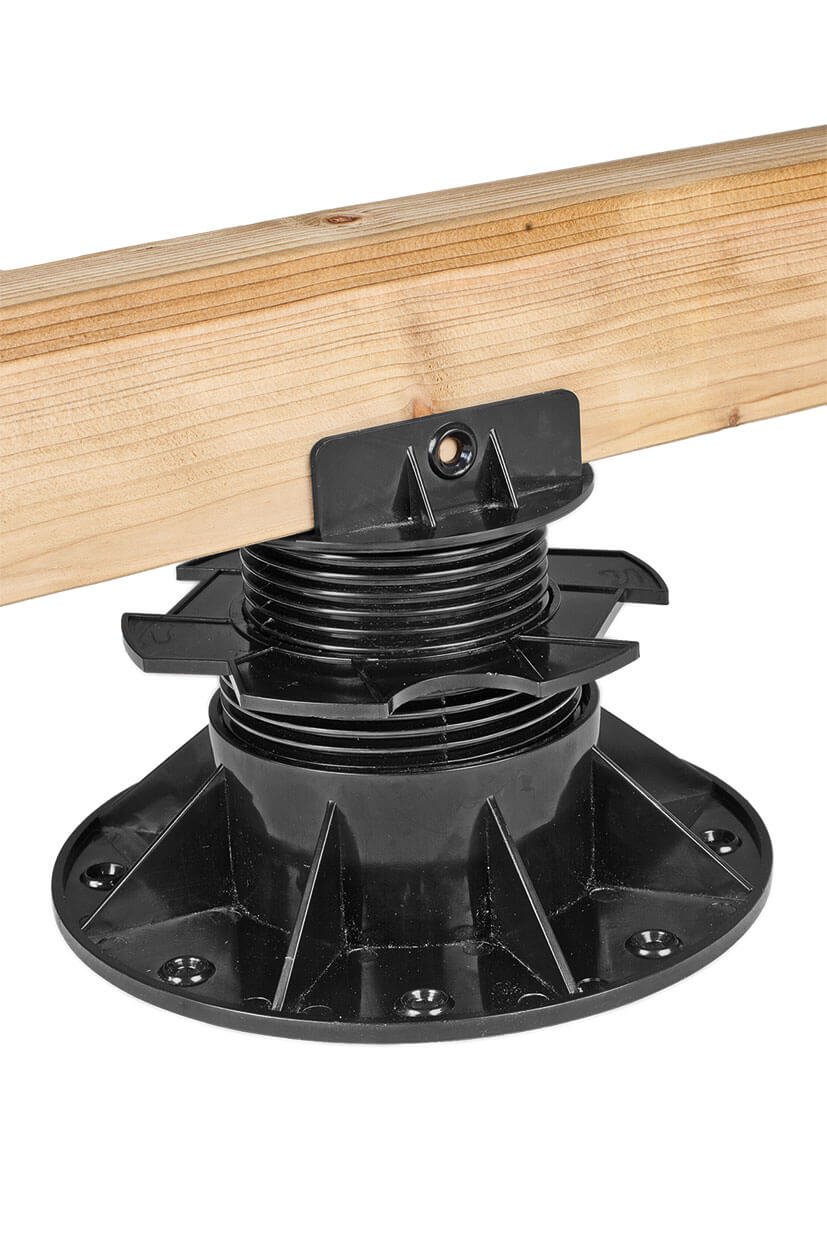
7.49
incl. vat
- 10 year timber guarantee *
- Unbeatable Industry Knowledge
- Free delivery to most UK homes *
Specifications
- Material
- Plastic
- Colour
- Black
Timber Frame Base Pads 60 x 140mm
Adjustable, durable and easy to install
A solid base is one of the most important elements when it comes to building a log cabin, garden building or decking project in your garden. An even, solid base protects your timber garden building from warping, cracking or splitting and keeps it elevated off the ground to protect it from moisture.
Our timber frame base pads will ensure your garden building project has a solid base and allows you to level, stabilise and protect any timber structure. These heavy-duty pads make it easy to create your own level timber frame base without having to use concrete, bricks or complex groundwork.
These base pads feature an L-shaped top that allows timber to be slotted on and off again. This means that if you need to support wider timbers, the base of the pads allows this by alternating the position of the pads from left to right and right to left.
Made from weatherproof ABS plastic, each pad is height adjustable, allowing you to create a stable, even base which is perfect if you’re building on uneven or sloped ground. They’re quick and easy to install and are compatible with log cabins, decking, garden offices, summerhouses, sheds and pergolas.
These pads are available in two sizes: 30-60mm and 60-140mm, allowing you to correct gradients or uneven terrain quickly and accurately.
Product features
Made from ABS plastic
Designed to make levelling of a timber base quick and easy
High quality design
Wide base plate for stabilisation
Central ring to adjust height
Black
Support flange height 25mm
The top of the base pads is L-shaped with a base of 85>67mm
6mm diameter holes in flange and base plate
Dimensions
Full Closed Height: 89mm
Full Open height: 89mm
Diameter: +/-84mm
Maximum weight: 1400kg
Please note: Most of our log cabins are provided with their own foundation beams but these beams only function as a superficial barrier and are not strong enough to be used as a timber base and supported only at intervals. When planning to use these base pads with our log cabins, you will need your own timber base or structure directly on top of the base pads and underneath the first layer of logs.
Popular uses
Log cabins and garden buildings: Use underneath foundation beams to create a strong, level base that prevents timber from touching the ground and protects against moisture absorption.
Decking and outdoor platforms: Perfect for raised or sloped decking projects, allowing you to adjust the height to create a level deck without concrete or extensive groundwork.
Pergolas, gazebos and garden offices: Maintain consistent beam height across your structure for a professional finish.
Sheds and summerhouses: Prevent rotting and warping by keeping your buildings base off damp ground while maintaining airflow underneath.




